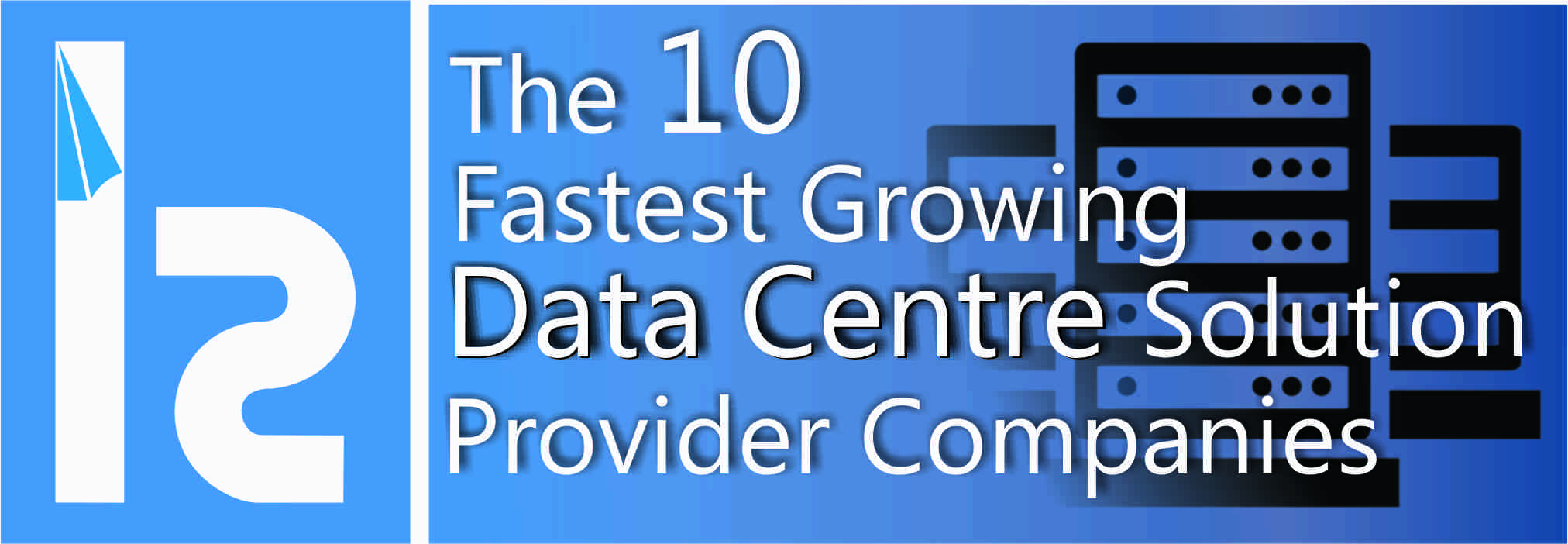The task of stringing together a set of events and finding correlation between them and the events they in turn produce is at its core what event correlator software does. Managing security, detecting and limiting fraud and monitoring your network’s application logs are just a few of the assignments your event correlator will ultimately be responsible for. Being able to track and analyze all of your organization’s digitally logged events will help you in real-time ensure that your IT department and in turn company will be running at its highest level of efficiency at all times.
One example of a malicious intruder effort that event correlator software can prevent is an all out brute force attack by an intruder trying to access your system in a traditional false login attempt. In this case, repeated attempted logins show up in your event logs which can then set a trigger to notify you of the suspicious activity to take action on it. A log like this one, that is continually produced and spewed across your logs, can easily be picked up by an event correlator but almost certainly missed if being done manually, which can be random at best in thwarting attacks.
One of the major points of having a solid event correlator is to limit the amount of noise that floods your logs and IT world on a daily basis. Often times, much of that activity and bombardment of event logs are unimportant, but with no software telling you that your IT department spends times on things that do drive value and are no threat to security or efficiency. With this said, a feature to always consider in an event correlator is one that can notify you via alerts in real time of any potential attacks or threats to your network based off a pattern of events that you have pre-programmed. Weather it be via email, SMS, or even a built in alert system to the software, it’s a good idea to look for an event correlator software that can get you notified immediately of any potential issues. The quicker you and your team can react to a potentially harmful event to your network the quicker you can neutralize it and keep business running as normal.
Having an event correlator tool or suite of event correlation tools is becoming more and more commonplace and a staple of IT departments throughout the world. At its purest form and purpose, an event correlator tool gives you the ease of mind that your network is being monitored and accounted for at all times, even when you are not at the office or paying attention. As much as companies rely on their network and digital setups, one attack or lapse in security could cripple your entire company’s operations. This can be especially true if you are an online retailer of any kind. Just a single day offline, especially if it is around the holidays when attacks can often occur, can be a massive blow to sales and ultimately the future of your company. Various issues and security breach attempts will ultimately happen on your network no matter the size or security measures. When they do, it’s important to use your event correlator as a tool to conduct a root cause analysis so you can see what went wrong and how to prevent the same issue in the future.
Finding the right event correlator can be a daunting task but by following the advice here and doing your proper due diligence you can make it simpler. Before making your purchase, try and find a tool that offers a free demo version so you can see if the usability of the software is one that fit’s your team.



